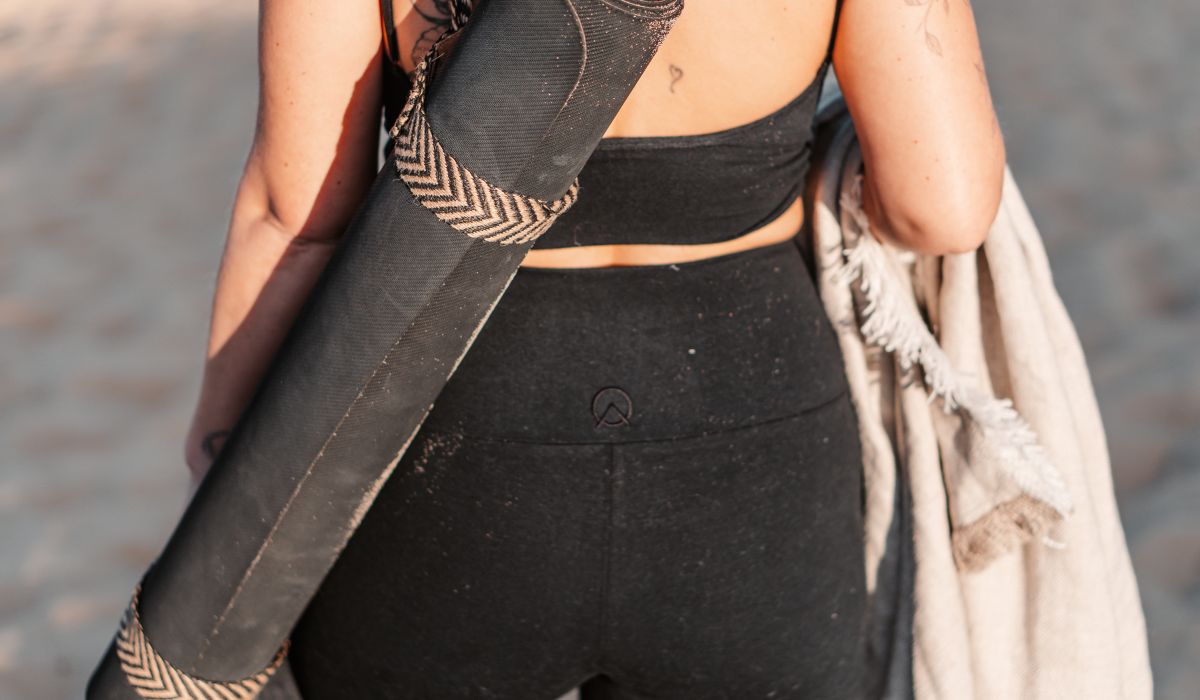The Importance of Breath
Our breath is more than oxygen—it's Prana in Yogic tradition, Chi in Chinese medicine, and a spiritual anchor across cultures. Beyond spirituality, modern science and elite performance communities recognise breathwork's role in stress relief, immunity, recovery, and unlocking peak potential. Whether you're practicing guided visualisations or using natural yoga mats from our sustainable yoga gear collection, breath is the doorway.

How Breath Affects Your Body & Brain
Neuroscientist Andrew Huberman explains that intentional breathing—like extending exhales—can activate the parasympathetic nervous system, helping lower heart rate and calm the mind. His research highlights that breath controllability offers a bridge between conscious intention and subconscious regulation.
Technology supports these traditions, too: Wim Hof’s breath‑and‑cold exposure methods reduce inflammation, improve sleep, balance hormones, and boost mood.
Common Breathwork Techniques
-
Breath Awareness
Grounding your mind with a gentle inhale/exhale focus is powerful for anxiety and overwhelm. -
Extended Exhale
Slowing down the exhale sends a clear signal to your nervous system that "it's safe." This shift helps restore balance and reduce stress. -
Physiological Sigh
Two quick inhales followed by a long exhale “resets” lung sacs, supports oxygenation, and relieves stress. -
Wim Hof Method
Combines breath bursts with breath holding—cycle 30–40 times to support physical and mental resilience. -
Yogic 3‑Part Breath
Visualize inhaling into belly → ribcage → chest, then release gently down the same path. Ideal to restore calm and expand lung capacity.
Why Daily Breathwork Helps
-
Calms anxiety & stress
-
Improves sleep & cognition
-
Supports cardiovascular & immune health
-
Enhances physical performance & recovery
-
Boosts emotional resilience & focus
Just 5–10 minutes daily can shift your entire physiology and mood.

Elevate Your Practice with Natural & Sustainable Yoga Gear
Pair your breathwork with mindful tools that honour both body and planet:
-
Hemp Clothing & Activewear – breathable, naturally anti‑bacterial, hormone‑friendly, and low‑tox.
-
Cork Yoga Mats – zero plastic, sustainable, and grippy.
-
Eco‑friendly props & accessories – designed to support practice and the Earth.
Take the Next Step: Integrate Breath & Movement
Enhance your wellness journey with our guided visualisations and choose gear that aligns with sustainable values:
-
Flow deeper with breath-centered yoga sessions
-
Prioritise sustainable yoga gear to support skin, hormones & environment
-
Stay connected: feel grounded, energized, and aligned
Explore more on why natural fabrics matter for hormone health and discover sustainable tools designed to uplift every breath you take.





